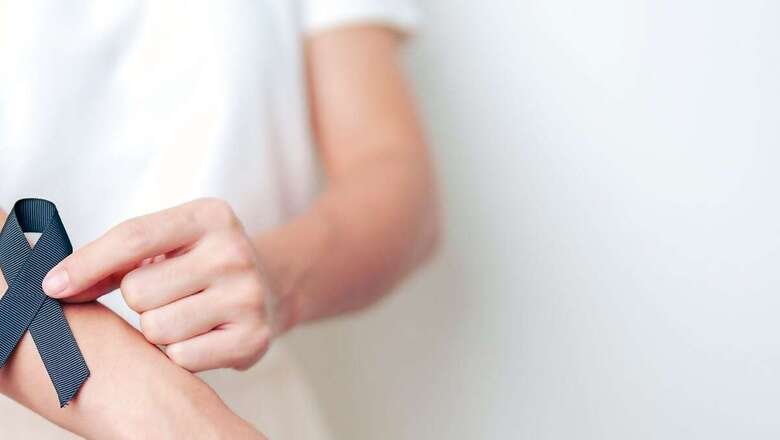
views
As the sun emerges from behind the clouds and summer approaches, many of us eagerly anticipate basking in its warm glow. However, amidst the joys of outdoor activities and beach vacations, it’s crucial to prioritize sun safety and skin cancer prevention. Skin cancer is the most common type of cancer globally, but with proactive measures, we can significantly reduce its risk.
Understanding Sun Exposure
The sun emits ultraviolet (UV) radiation, capable of penetrating the skin and causing cellular damage. Prolonged exposure to UV rays heightens the risk of skin cancer, encompassing melanoma, basal cell carcinoma, and squamous cell carcinoma. It’s paramount to remain vigilant about sun safety practices, particularly during peak sun hours between 10 a.m. and 4 p.m., when UV radiation peaks.
Cause and Symptoms of Skin Cancer
Skin cancer develops when unrepaired DNA damage to skin cells triggers mutations or genetic defects that lead to uncontrolled cell growth and the formation of malignant tumors. The most common cause of skin cancer is exposure to ultraviolet (UV) radiation from the sun or artificial sources like tanning beds. UV radiation damages the DNA in skin cells, increasing the risk of mutations that can lead to cancerous growths. Symptoms of skin cancer can vary depending on the type and stage of the disease. Common signs include changes in the size, shape, or color of existing moles or lesions, the development of new growths, itching, tenderness, or bleeding of skin lesions, and persistent sores that do not heal. It’s important to promptly seek medical attention if you notice any concerning changes in your skin, as early detection and treatment can significantly improve outcomes for individuals with skin cancer. Regular self-examinations and routine skin screenings by a dermatologist are essential for early detection and prevention of skin cancer.
Skin Cancer Prevention:
- Sun Protection PracticesSun protection lies at the forefront of skin cancer prevention. This includes applying broad-spectrum sunscreen with an SPF of 30 or higher, seeking shade during peak sun hours, and wearing protective clothing such as wide-brimmed hats and long-sleeved shirts to minimize UV exposure. By consistently adhering to these sun safety measures, individuals can mitigate the harmful effects of UV radiation and reduce their risk of developing skin cancer.
- Regular Skin ExaminationsPerforming regular self-examinations and seeking professional skin screenings from a dermatologist are vital components of skin cancer prevention. By monitoring the skin for any changes, including new moles, growths, or lesions, individuals can detect potential signs of skin cancer early on. Prompt identification and treatment of suspicious skin alterations can significantly improve outcomes and reduce the risk of skin cancer progression.
- Lifestyle ModificationsAdopting a healthy lifestyle can contribute to overall well-being and diminish the risk of skin cancer. This includes abstaining from smoking, maintaining a balanced diet rich in fruits, vegetables, and whole grains, and engaging in regular physical activity. By prioritizing a healthy lifestyle, individuals can bolster their immune system and mitigate factors that contribute to skin cancer development.
- Environmental factorsMinimizing exposure to environmental toxins and pollutants can further support skin cancer prevention efforts. Individuals should be mindful of environmental factors that may exacerbate skin damage and cancerous growths, such as air pollution and occupational hazards. By advocating for environmental awareness and implementing protective measures, individuals can reduce their susceptibility to skin cancer.As we embrace the warmth and beauty of the sun, let’s not forget the importance of sun safety and skin cancer prevention. By adopting proactive measures such as sunscreen application, seeking shade, and wearing protective clothing, we can safeguard our skin and reduce the risk of skin cancer. Together, let’s bask safely in the sun’s rays and prioritize our long-term skin health.




















Comments
0 comment